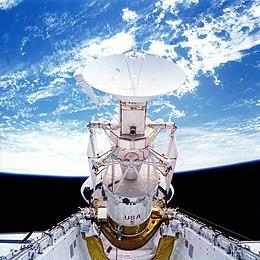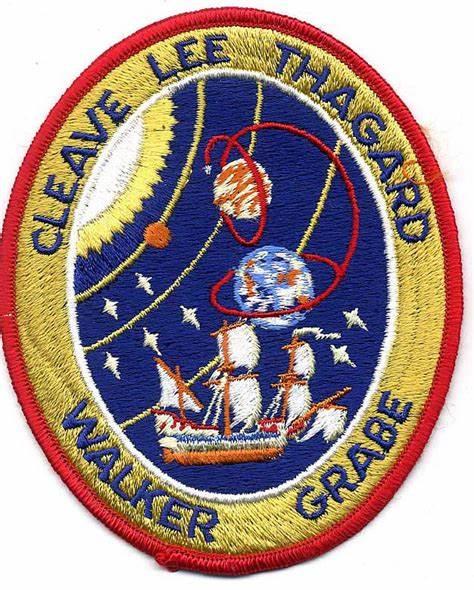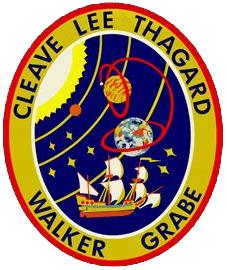David M. Walker
(Second Space Flight)
Ronald J. Grabe
(First Space Flight) Mission Specialist 1:
Norman E. Thagard
(Third Space Flight) Mission Specialist 2:
Mary L. Cleave
(Second Space Flight) Mission Specialist 3:
Mark C. Lee
(Second Space Flight)
STS-30 was a NASA Space Shuttle mission, during which Space Shuttle Atlantis deployed the Venus-bound Magellan probe into orbit. The mission launched from Kennedy Space Centre, Florida, on 4 May 1989, and landed four days later. It was the 29th shuttle mission overall, and the fourth for Atlantis.
A free template by Lucknowwebs.com for WYSIWYG WebBuilder 8
Astronauts:
The Space Shuttle Missions
STS-30 (R)
Study
Research
Main Index
Space Cosmology
Science Research
*
About
Science Research
Science Theories
Desk
Site Map
BookShelf
Copyright © by Nigel G Wilcox · All Rights reserved · E-Mail: ngwilcox100@gmail.com
Designed by Nigel G Wilcox
Powered By AM3L1A
Pages within this section: USA Shuttle Mission Flights
STS-30
Pages within this section:
9
M
8
SM
Sub-Menu
menu
-
26
27
28
29
30
31
32
Command Pilot:
Pilot:




The Magellan spacecraft was deployed from the shuttle's payload bay six hours and 14 minutes into the mission. Two successive IUS propulsion burns placed the spacecraft on its trajectory to Venus about an hour later. Magellan arrived at Venus in August 1990 and began a 243-day mission of mapping the planet's surface with radar.
Three mid-deck experiments were included on the mission. All had flown before. Mission Specialist Cleave used a portable laptop computer to operate and monitor the Fluids Experiment Apparatus (FEA). An 8-millimeter video camcorder, flown for the first time on the Shuttle, provided the opportunity for the crew to record and downlink on-orbit activities such as the FEA, which was a joint endeavor between Rockwell International and NASA. Payload bay video cameras were used to record storm systems from orbit as part of the Mesoscale Lightning Experiment.
The only major glitch during the flight occurred on 7 May 1989, when one of the four general-purpose computers programmed to operate the orbiter failed. The shuttle crew replaced the computer, part of a redundant set, with a backup one. It was the first time a computer had been replaced while in orbit. The glitch had no impact on the crew's safety or the primary objectives of the mission, although some of the activities involved in conducting experiments had to be cancelled while the crew was replacing the computer. There also was no impact to the mission when one of the three thrusters on Atlantis' aft right-hand Orbital Manoeuvring System (OMS) pod failed during ascent.
However, the STS-30R crew experienced several minor annoyances. A Hasselblad camera used to photograph sites on Earth had to be stowed for the remainder of the mission after a shutter stuck during the crew's third day in space. The Text and Graphics Systems (TAGS), a device to send images and graphics to the orbiter from Mission Control, had to be turned off on Flight Day 2 because of a paper jam. Commander Walker and Pilot Grabe had problems with a device used to take measurements of central venous pressure to determine the effects of microgravity on the cardiovascular system. On the second full day in space, the water dispensing system in the galley malfunctioned, causing some difficulties for the crew in preparing meals.
Magellan and its IUS in the payload bay of Atlantis
Data Courtesy Wikipedia.org














